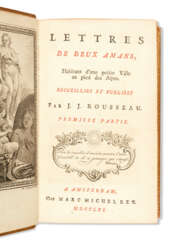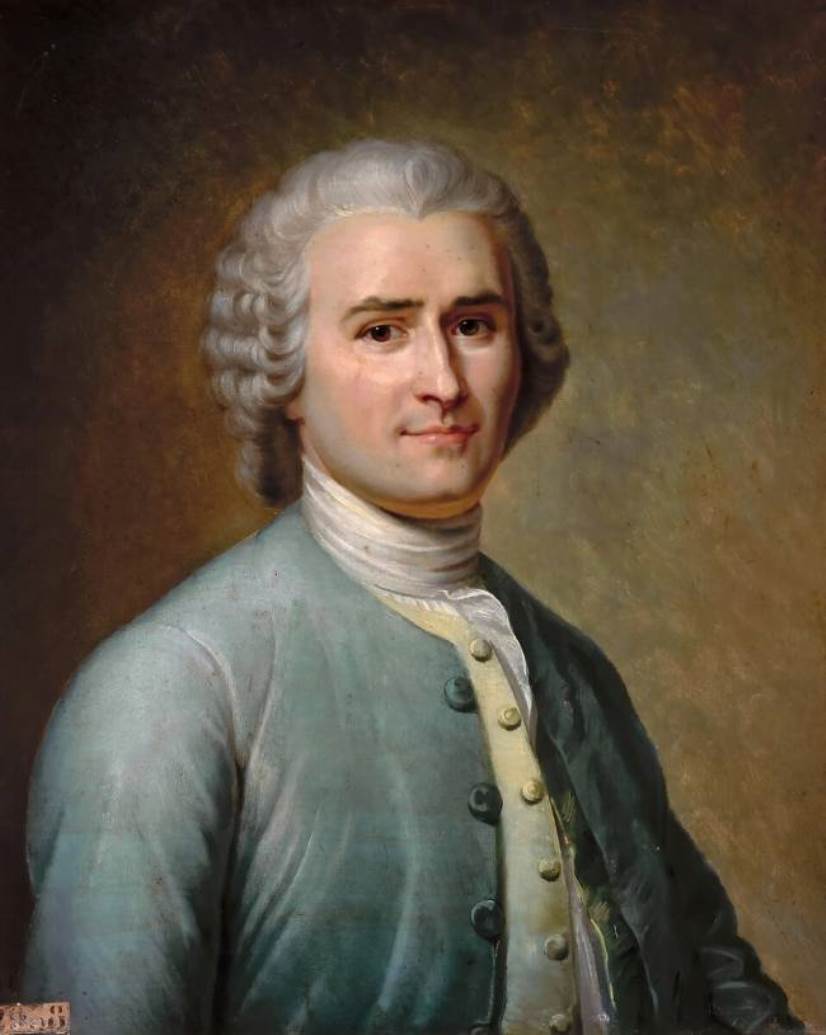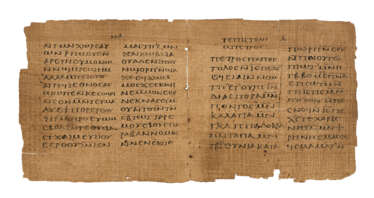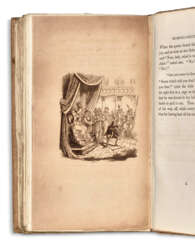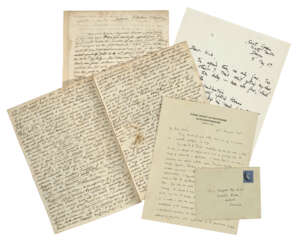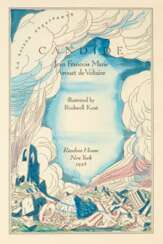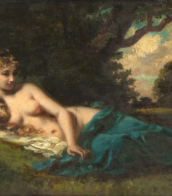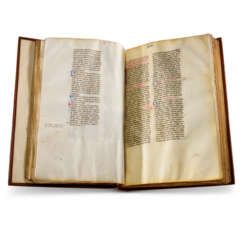robin page
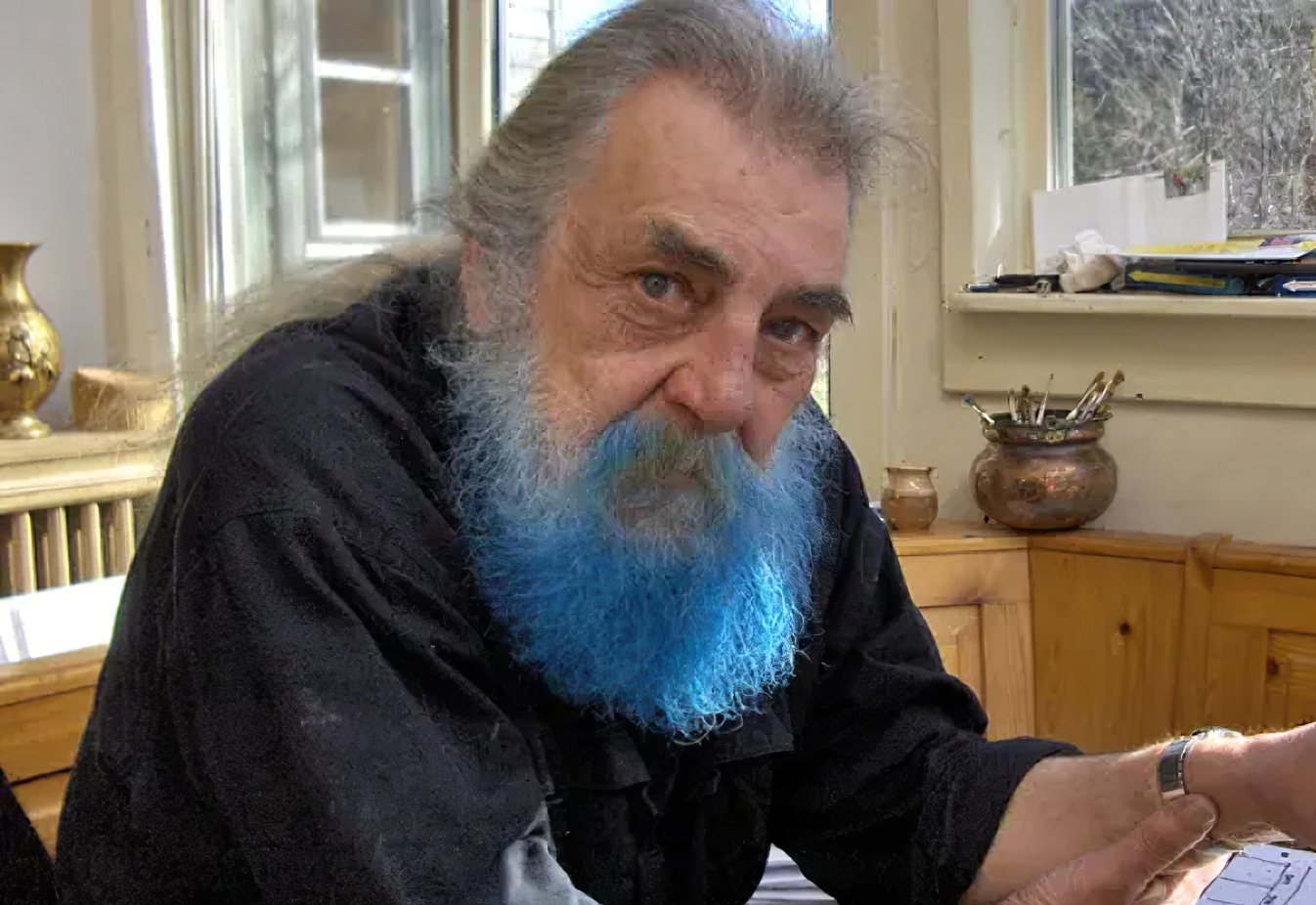
Robin Page was a British painter. He was one of the early members of the Fluxus art movement.


Robin Page was a British painter. He was one of the early members of the Fluxus art movement.
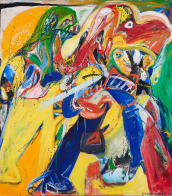

Robin Page was a British painter. He was one of the early members of the Fluxus art movement.
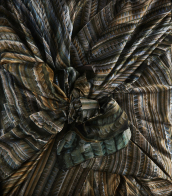

Robin Page was a British painter. He was one of the early members of the Fluxus art movement.

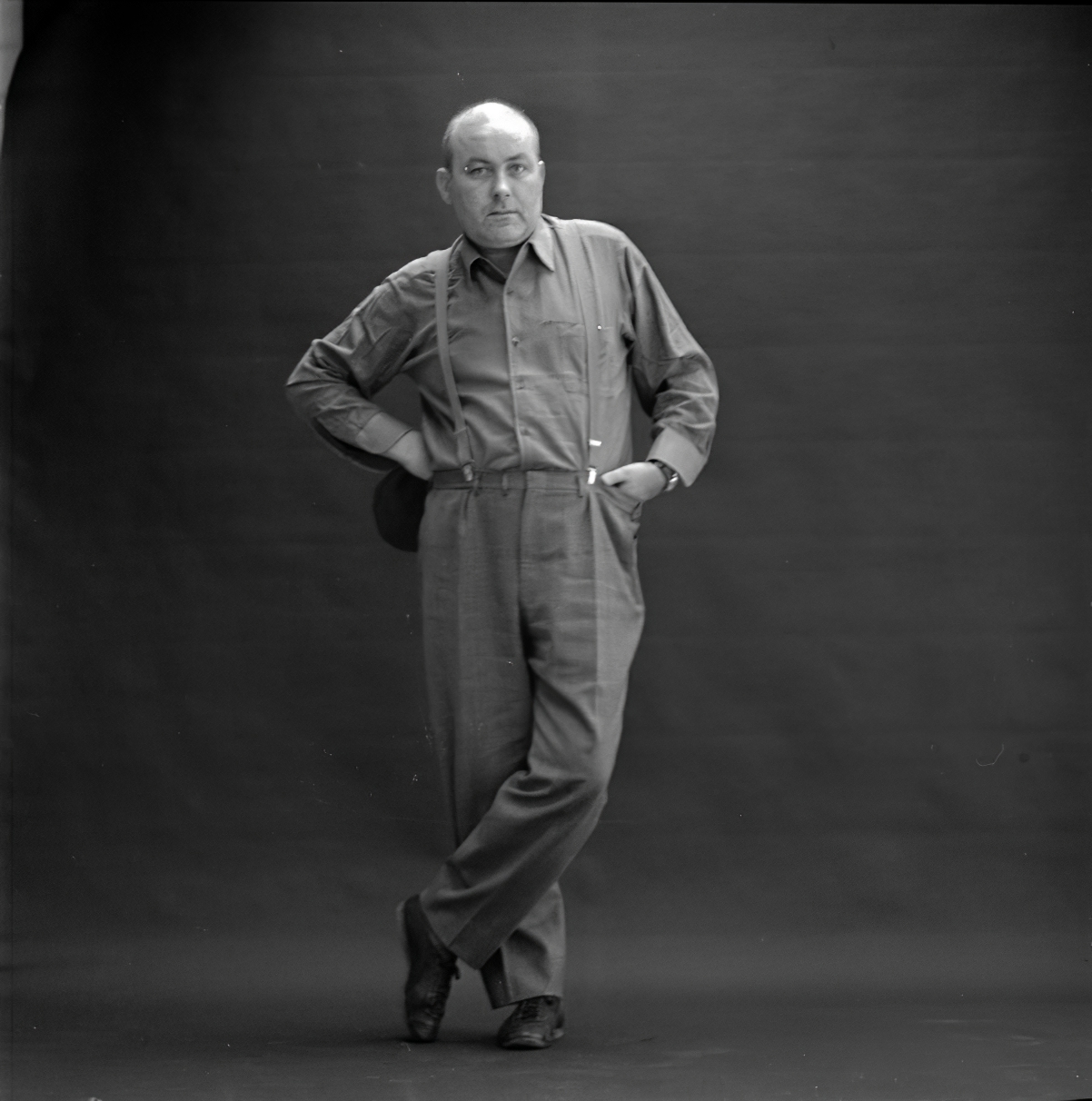
Karl-Dietrich Roth was a Swiss artist best known for his artist's books, editioned prints, sculptures, and works made of found materials, including rotting food stuffs.
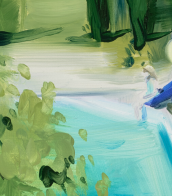

Robin Page was a British painter. He was one of the early members of the Fluxus art movement.


Robin Page was a British painter. He was one of the early members of the Fluxus art movement.
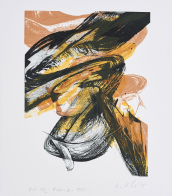
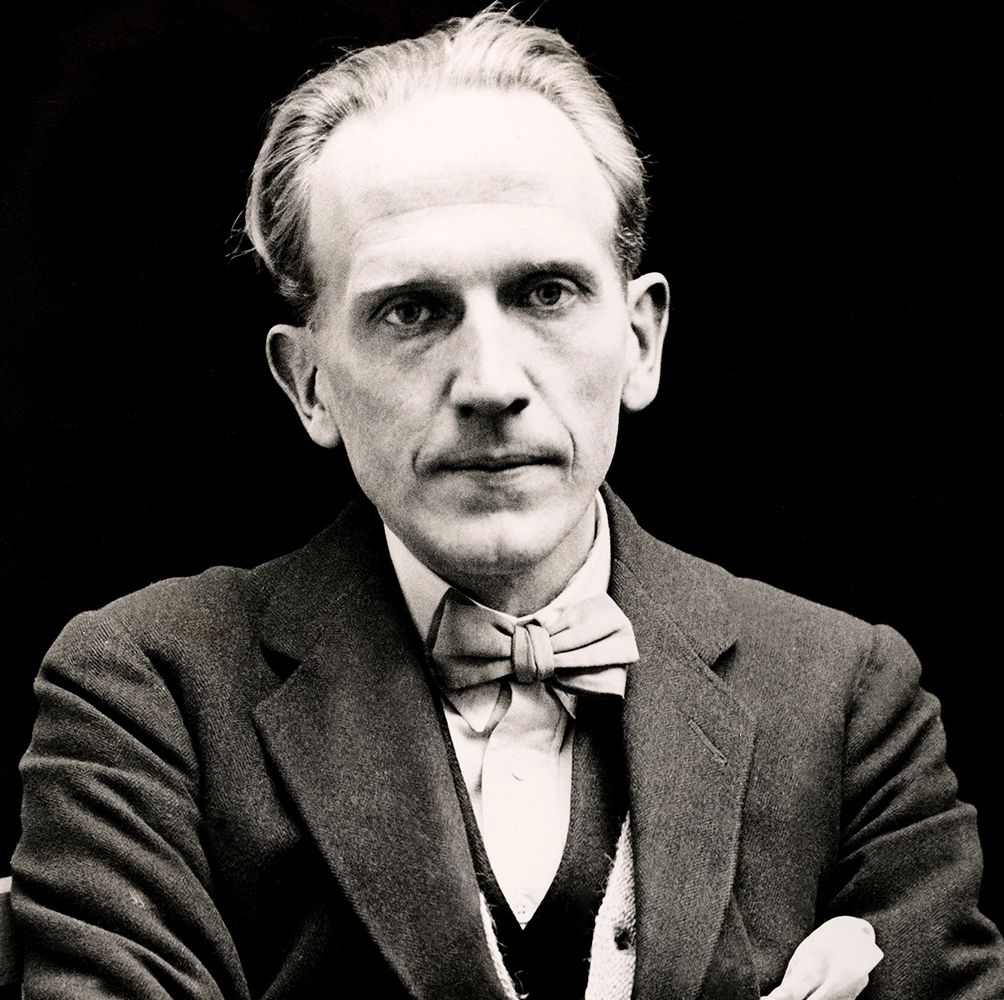
Alan Alexander Milne was a British journalist, playwright and children's author.
While studying at Trinity College, Cambridge, Milne began writing for Granta magazine, and in 1906 he joined the humor magazine Punch, where he wrote humorous poems and quirky essays until 1914. During World War I he served as a communications officer, and afterward, in 1920, Milne had a son, Christopher Robin, whose name soon became known to the world.
From 1921 Milne wrote several comedy plays and also began writing children's poetry and prose for his young son, having finally found his calling. Milne's major successes were his books Winnie the Pooh (1926) and The House on Pooh Corner (1928). These two volumes tell the adventures of a boy named Christopher Robin and his playmates - animals that were "born" from the toys of the real Christopher Robin. The central character is Winnie the Pooh Bear, accompanied by the fussy Rabbit, the sullen Donkey Ia, the bouncy tiger Tigger, the kind kangaroo Kanga and her baby Roo, the wise Owl and the timid Piglet. The adventures of Pooh and his friends in the forest of One Hundred Acres with illustrations by Ernest Shepard became bestsellers.
They were translated into different languages of the world and reprinted many times, filmed cartoons. In 1929 Milne adapted another children's classic, Kenneth Graham's The Wind in the Willows, for stage production as Toad of Toad Hall. Ten years later he wrote an autobiography, Now It's Too Late.


Alan Alexander Milne was a British journalist, playwright and children's author.
While studying at Trinity College, Cambridge, Milne began writing for Granta magazine, and in 1906 he joined the humor magazine Punch, where he wrote humorous poems and quirky essays until 1914. During World War I he served as a communications officer, and afterward, in 1920, Milne had a son, Christopher Robin, whose name soon became known to the world.
From 1921 Milne wrote several comedy plays and also began writing children's poetry and prose for his young son, having finally found his calling. Milne's major successes were his books Winnie the Pooh (1926) and The House on Pooh Corner (1928). These two volumes tell the adventures of a boy named Christopher Robin and his playmates - animals that were "born" from the toys of the real Christopher Robin. The central character is Winnie the Pooh Bear, accompanied by the fussy Rabbit, the sullen Donkey Ia, the bouncy tiger Tigger, the kind kangaroo Kanga and her baby Roo, the wise Owl and the timid Piglet. The adventures of Pooh and his friends in the forest of One Hundred Acres with illustrations by Ernest Shepard became bestsellers.
They were translated into different languages of the world and reprinted many times, filmed cartoons. In 1929 Milne adapted another children's classic, Kenneth Graham's The Wind in the Willows, for stage production as Toad of Toad Hall. Ten years later he wrote an autobiography, Now It's Too Late.


Alan Alexander Milne was a British journalist, playwright and children's author.
While studying at Trinity College, Cambridge, Milne began writing for Granta magazine, and in 1906 he joined the humor magazine Punch, where he wrote humorous poems and quirky essays until 1914. During World War I he served as a communications officer, and afterward, in 1920, Milne had a son, Christopher Robin, whose name soon became known to the world.
From 1921 Milne wrote several comedy plays and also began writing children's poetry and prose for his young son, having finally found his calling. Milne's major successes were his books Winnie the Pooh (1926) and The House on Pooh Corner (1928). These two volumes tell the adventures of a boy named Christopher Robin and his playmates - animals that were "born" from the toys of the real Christopher Robin. The central character is Winnie the Pooh Bear, accompanied by the fussy Rabbit, the sullen Donkey Ia, the bouncy tiger Tigger, the kind kangaroo Kanga and her baby Roo, the wise Owl and the timid Piglet. The adventures of Pooh and his friends in the forest of One Hundred Acres with illustrations by Ernest Shepard became bestsellers.
They were translated into different languages of the world and reprinted many times, filmed cartoons. In 1929 Milne adapted another children's classic, Kenneth Graham's The Wind in the Willows, for stage production as Toad of Toad Hall. Ten years later he wrote an autobiography, Now It's Too Late.


Alan Alexander Milne was a British journalist, playwright and children's author.
While studying at Trinity College, Cambridge, Milne began writing for Granta magazine, and in 1906 he joined the humor magazine Punch, where he wrote humorous poems and quirky essays until 1914. During World War I he served as a communications officer, and afterward, in 1920, Milne had a son, Christopher Robin, whose name soon became known to the world.
From 1921 Milne wrote several comedy plays and also began writing children's poetry and prose for his young son, having finally found his calling. Milne's major successes were his books Winnie the Pooh (1926) and The House on Pooh Corner (1928). These two volumes tell the adventures of a boy named Christopher Robin and his playmates - animals that were "born" from the toys of the real Christopher Robin. The central character is Winnie the Pooh Bear, accompanied by the fussy Rabbit, the sullen Donkey Ia, the bouncy tiger Tigger, the kind kangaroo Kanga and her baby Roo, the wise Owl and the timid Piglet. The adventures of Pooh and his friends in the forest of One Hundred Acres with illustrations by Ernest Shepard became bestsellers.
They were translated into different languages of the world and reprinted many times, filmed cartoons. In 1929 Milne adapted another children's classic, Kenneth Graham's The Wind in the Willows, for stage production as Toad of Toad Hall. Ten years later he wrote an autobiography, Now It's Too Late.



Alan Alexander Milne was a British journalist, playwright and children's author.
While studying at Trinity College, Cambridge, Milne began writing for Granta magazine, and in 1906 he joined the humor magazine Punch, where he wrote humorous poems and quirky essays until 1914. During World War I he served as a communications officer, and afterward, in 1920, Milne had a son, Christopher Robin, whose name soon became known to the world.
From 1921 Milne wrote several comedy plays and also began writing children's poetry and prose for his young son, having finally found his calling. Milne's major successes were his books Winnie the Pooh (1926) and The House on Pooh Corner (1928). These two volumes tell the adventures of a boy named Christopher Robin and his playmates - animals that were "born" from the toys of the real Christopher Robin. The central character is Winnie the Pooh Bear, accompanied by the fussy Rabbit, the sullen Donkey Ia, the bouncy tiger Tigger, the kind kangaroo Kanga and her baby Roo, the wise Owl and the timid Piglet. The adventures of Pooh and his friends in the forest of One Hundred Acres with illustrations by Ernest Shepard became bestsellers.
They were translated into different languages of the world and reprinted many times, filmed cartoons. In 1929 Milne adapted another children's classic, Kenneth Graham's The Wind in the Willows, for stage production as Toad of Toad Hall. Ten years later he wrote an autobiography, Now It's Too Late.


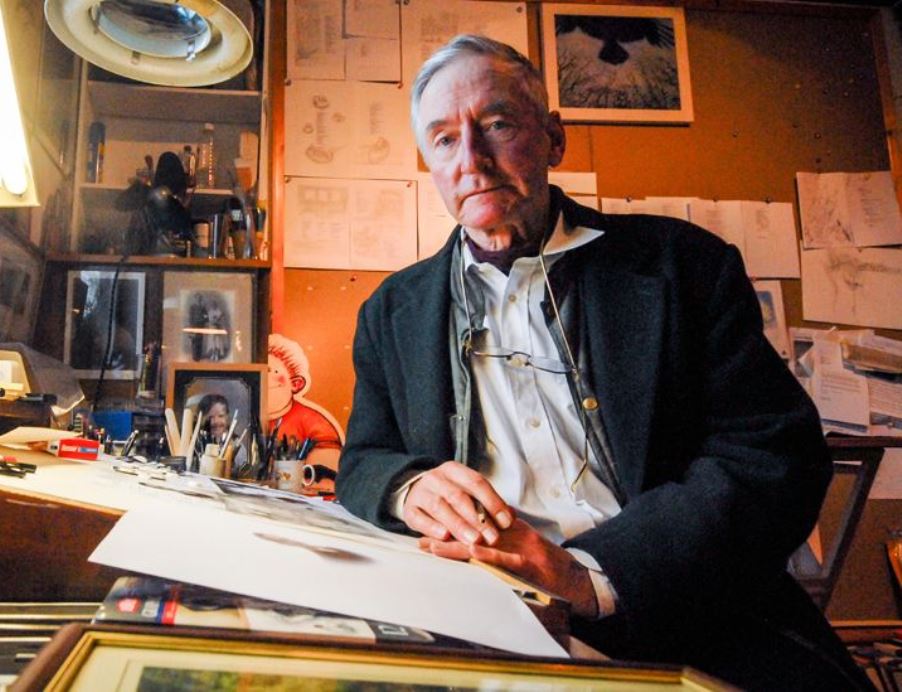
Raymond Redvers Briggs was a British writer, illustrator, and cartoonist.
A professional illustrator, he worked on the design of children's books. In the 1960s, Briggs discovered his talent and ability to combine words and pictures, using a form of strip cartooning that defined his later work.
Briggs is best known for his wordless book The Snowman, published in 1978, a sort of cute children's tale but with deep meaning. The animated and musical versions of this book are popular in Britain and are shown annually at Christmas.


Raymond Redvers Briggs was a British writer, illustrator, and cartoonist.
A professional illustrator, he worked on the design of children's books. In the 1960s, Briggs discovered his talent and ability to combine words and pictures, using a form of strip cartooning that defined his later work.
Briggs is best known for his wordless book The Snowman, published in 1978, a sort of cute children's tale but with deep meaning. The animated and musical versions of this book are popular in Britain and are shown annually at Christmas.

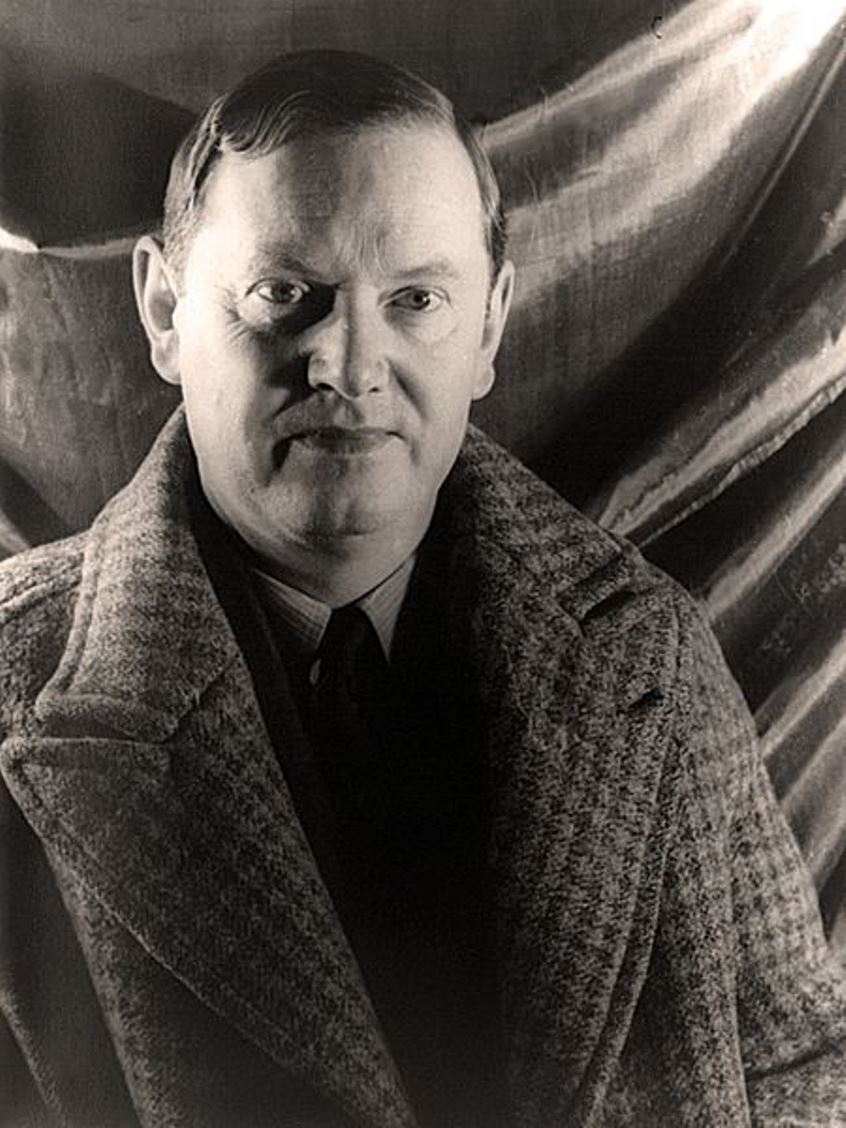
Evelyn Waugh, full name Arthur Evelyn St. John Waugh, was a British satirical writer, travel writer and historian.
Evelyn Waugh studied at Lancing College in Sussex and at Hertford College in Oxford. He then began traveling and writing, soon earning a reputation as a witty satirist. He visited Ethiopia and the Belgian Congo, and traveled to South America. His works are almost always based on personal experience; notable among the early ones are Decline and Fall (1928), Nasty Bodies (1930), Black Mischief (1932), and others.
During World War II, Evelyn Waugh served in the Royal Marines and the Royal Horse Guards. Written at this time, the novel "Return to Brideshead" (1945) is about an aristocratic English Roman Catholic family. In the trilogy "Men in Arms" (1952), "Officers and Gentlemen" (1955) and "Unconditional Surrender" (1961), the author conducted a serious analysis of the events of World War II, as an eternal struggle between good and evil, civilization and barbarism. Later on these works were filmed television series.
Evelyn Waugh also left a significant trace in journalism and literary criticism, he is considered one of the finest stylists in English prose of the XX century.

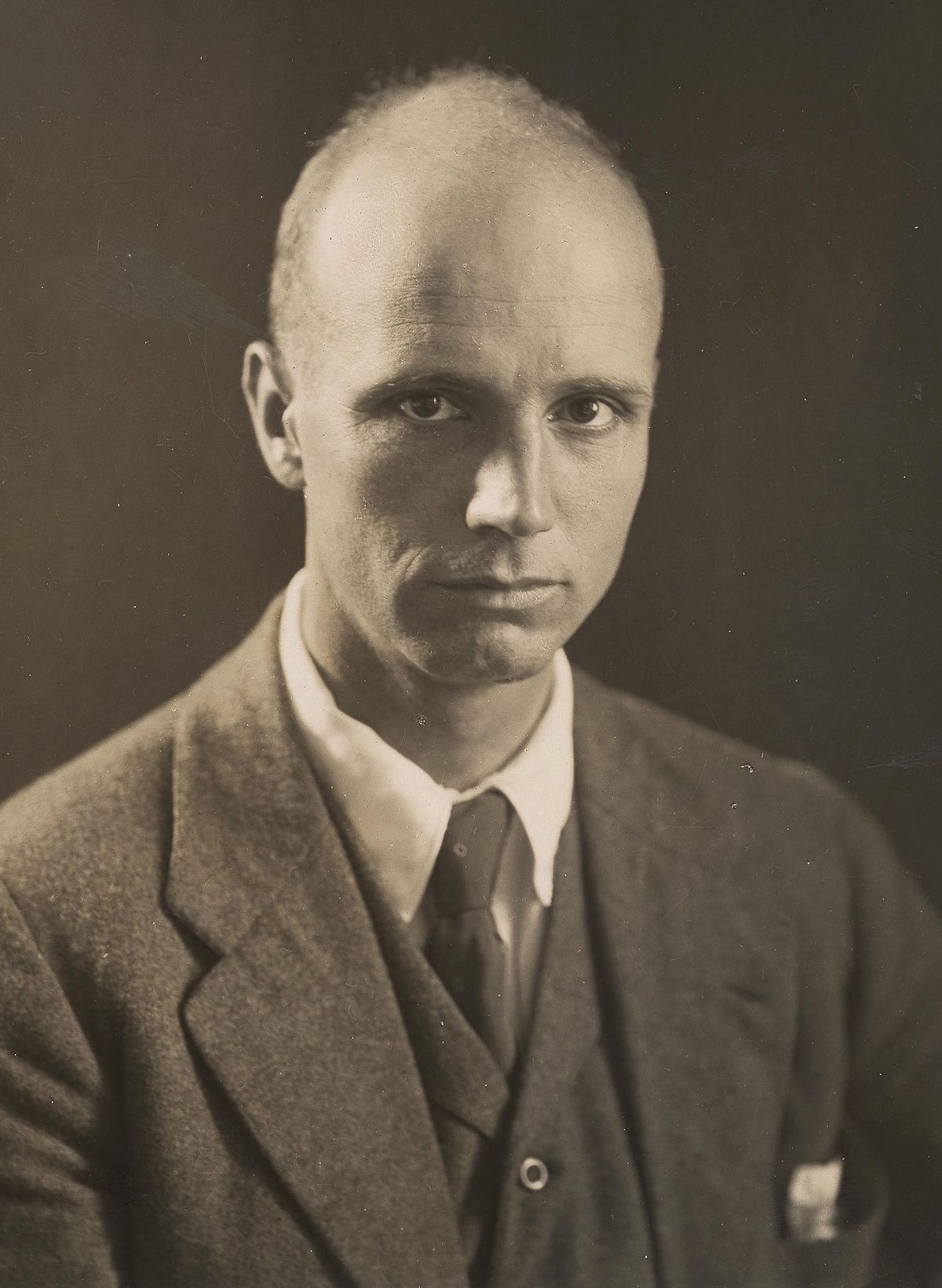
Rockwell Kent is an American artist, illustrator, and writer. He was born and raised in New York City and began his art career in the early 1920s.
Kent worked in a variety of genres and styles, including realism, expressionism, and cubism. Kent became known for his book illustrations as well as his paintings and prints. His work was frequently published in Harper's Weekly, The New York Times, and Vanity Fair magazines and newspapers.
He also illustrated many books, including famous works by Ernest Hemingway and Herman Melville. Kent was also an activist and political activist. He was an advocate of socialist ideals and participated in political movements. In addition, he was a traveler and explorer, having made several trips to Alaska and other far northern territories.
Kent was also a writer and author of several books, including the autobiographical novel It's Me, O Lord! and a book about his travels. Kent's style was recognizable and original, and he was known for his powerful compositions, bright colors, and pronounced contours. His work remained popular even after his death in 1971, and many can be seen in museums and art galleries around the world.





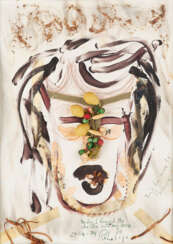



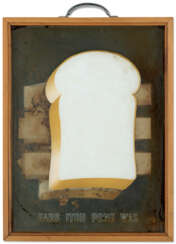

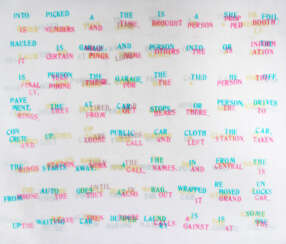

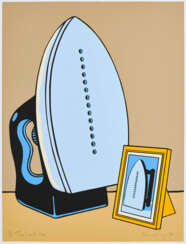




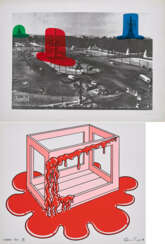

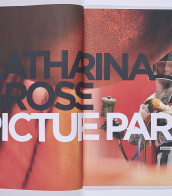



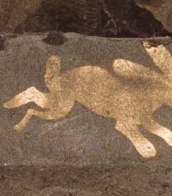
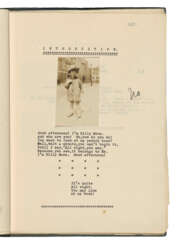

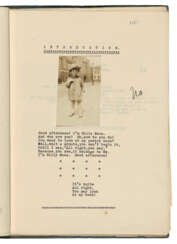






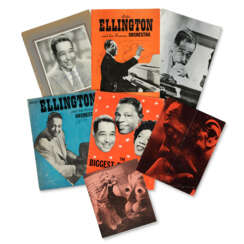


![[RONSARD, Pierre de (1524-1585)]. Les Plaisirs de la vie rustique – Le voyage d’Hercueil. [relié avec] BINET, Claude (15 ??-1600?). Les Plaisirs de la vie rustique et solitaire. Par Cl. Binet. [relié avec] RAPIN, Nicolas (1535-1608). Les Plaisir](/assets/image/picture_1320896/31555/8436297ffba22a66c0d33faa06ecfe941616454000jpg__fix_374_244.jpeg)
![[RONSARD, Pierre de (1524-1585)]. Les Plaisirs de la vie rustique – Le voyage d’Hercueil. [relié avec] BINET, Claude (15 ??-1600?). Les Plaisirs de la vie rustique et solitaire. Par Cl. Binet. [relié avec] RAPIN, Nicolas (1535-1608). Les Plaisir](https://veryimportantlot.com/assets/image/picture_1320896/31555/8436297ffba22a66c0d33faa06ecfe941616454000jpg__fix_374_244.jpeg)
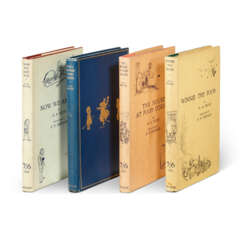

![[FÉNELON, Francois de Salignac de la Mothe (1651-1715)] - Jean-Guillaume MOITTE (1764 - 1810)](/assets/image/picture_4257778/ce267/822212ecb2f8da38212e43b0c46a07d31729065600jpg__fix_374_244.jpeg)
![[FÉNELON, Francois de Salignac de la Mothe (1651-1715)] - Jean-Guillaume MOITTE (1764 - 1810)](https://veryimportantlot.com/assets/image/picture_4257778/ce267/822212ecb2f8da38212e43b0c46a07d31729065600jpg__fix_374_244.jpeg)
